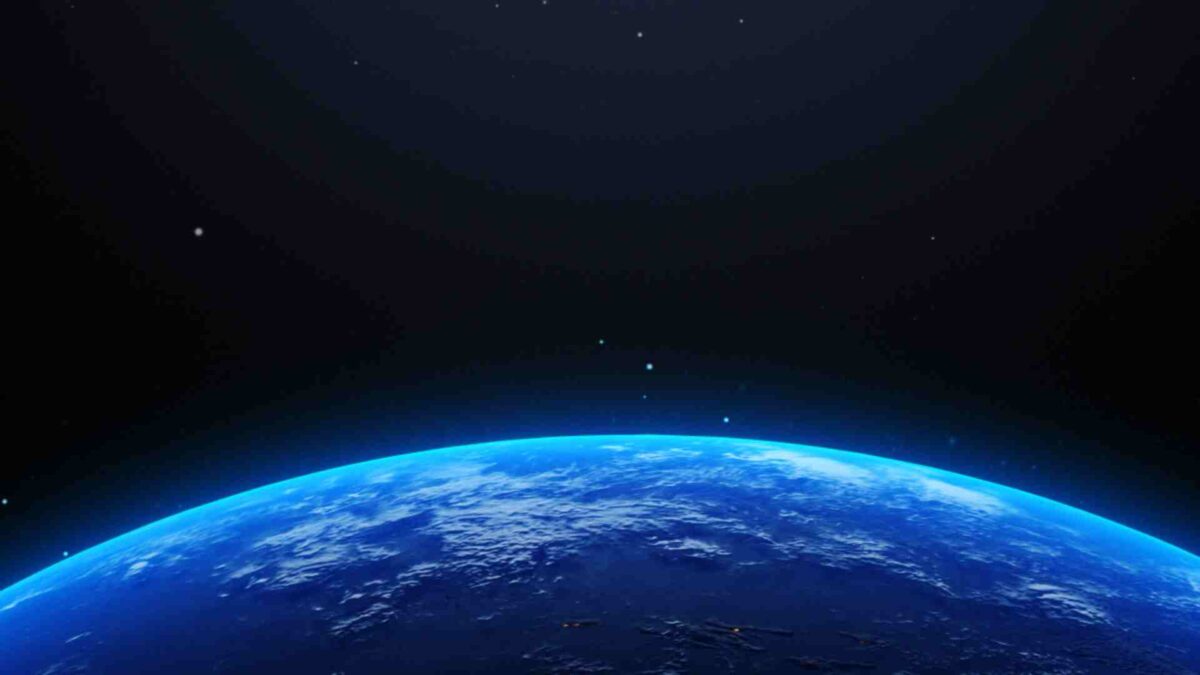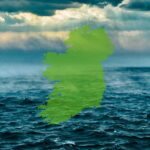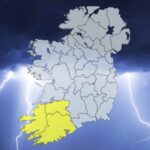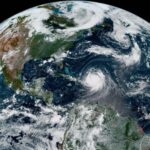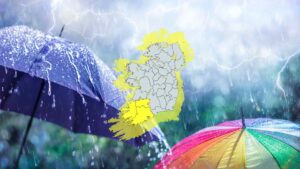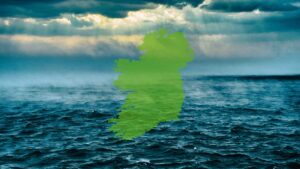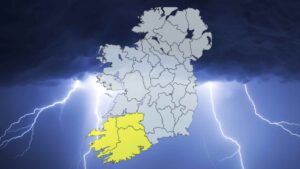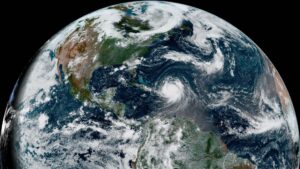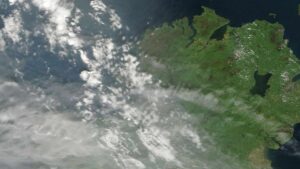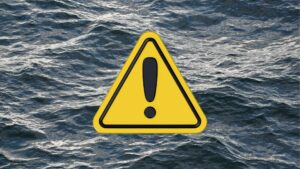
Satellite Sees Ocean Colour Shift
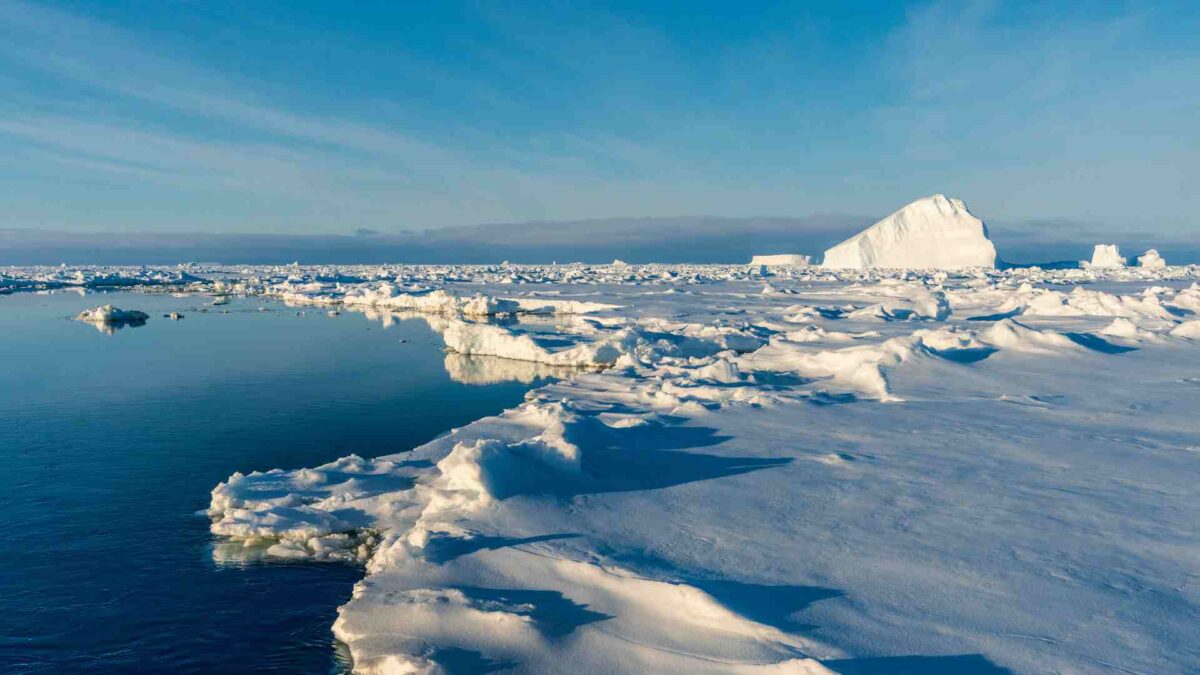
New satellite data show that ocean colours are shifting — and it could spell trouble for marine life and global fisheries.
According to research published in Science, the poles are getting greener while tropical oceans are turning bluer. That colour change is tied to chlorophyll levels — the pigment in phytoplankton, the tiny organisms that form the base of the marine food chain.
The study, based on NASA satellite data from 2003–2022, found that chlorophyll is increasing in colder, high-latitude waters and decreasing in warmer equatorial zones. While it’s not yet confirmed as a climate change signal, warming seas do seem to be playing a role.
“It’s like the rich getting richer,” said lead author Haipeng Zhao. “Green regions are getting greener. Blue ones, bluer.”
Phytoplankton absorb carbon dioxide and fuel entire marine ecosystems. If their distribution continues to shift, it could mean changes to where fish thrive — with major implications for global carbon storage and food security, especially in vulnerable island nations.
For now, Irish waters remain relatively stable — but researchers stress that long-term monitoring is vital to understand what’s coming next in a rapidly warming world.
